20 Forgotten Games That Changed Gaming
You may not know their names, but these largely forgotten games changed gaming forever.
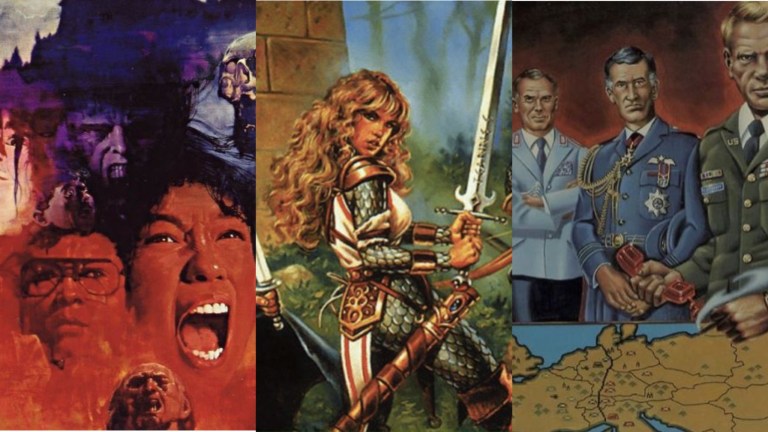
The history of gaming is often charted by citing milestone releases. We love them, you love them, and we’ve all talked about them. However, the cultural prevalence of those games means that they sometimes dominate the conversation in a way that leads to other games being lost in the shuffle. Not just lesser releases, mind you, but games that changed the industry in many ways.
Today, we’re going to look at a few of those games. While we sadly won’t be able to discuss all the games that deserve to be talked about in relation to this particular subject, we hope that shining a light on a few of these titles will reveal entirely new ways to look at the evolution of gaming.
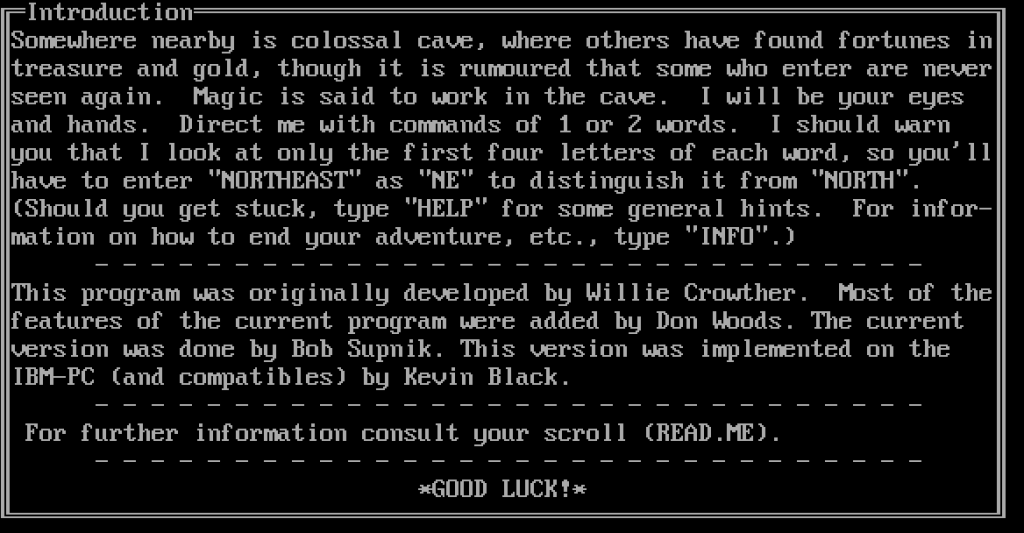
Colossal Cave Adventure (1976/1977)
At the very least, Colossal Cave Adventure has to be considered the first adventure game. However, even that statement sells its accomplishments short. Colossal Cave Adventure paved the way for more open-ended games like the first batch of RPGs and some of the most ambitious titles in subsequent years and decades. It also invented now common concepts such as cheat codes.
To be fair, Colossal Cave Adventure is a well-known game by those who follow the evolution of the industry. Yet, its incredibly limited distribution and history of incremental updates meant that not many people played this game in its day or to this day. By the time Zork came out in 1977 (and certainly by the adventure game boom of the early ’80s) Colossal Cave Adventure was already feeling like a fascinating footnote.
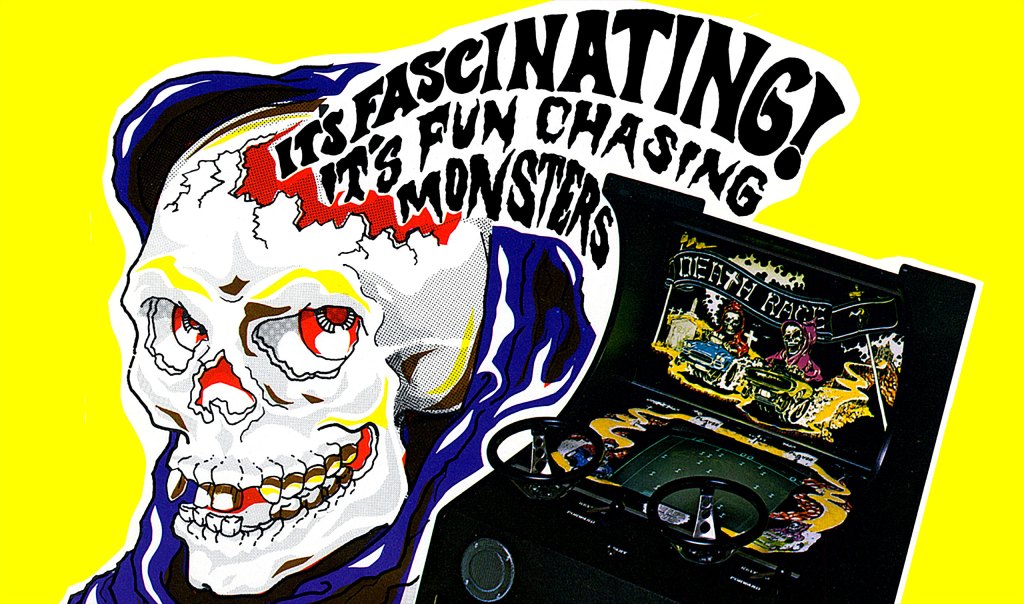
Death Race (1976)
In the mid-1970s, developer Exidy was on the brink of financial collapse. Desperate for a new product to sell, they decided to modify their previous game (Destruction Derby) with more horror-like elements that included the ability to murder gremlin-like characters. The result of that experiment was Death Race.
Death Race wasn’t just one of the first “violent” video games (relative to its time); it was one of the first games to generate a notable amount of controversy due to its violent in-game content. It garnered the attention of major publications that would have otherwise never thought to cover video games and even incited protests. That sudden influx of attention proved to be a net positive for Death Race’s fortunes. Gradually, more games would follow in its wake. At the very least, you can draw a direct line between Death Race, games like Mortal Kombat, and the formation of the ESRB.
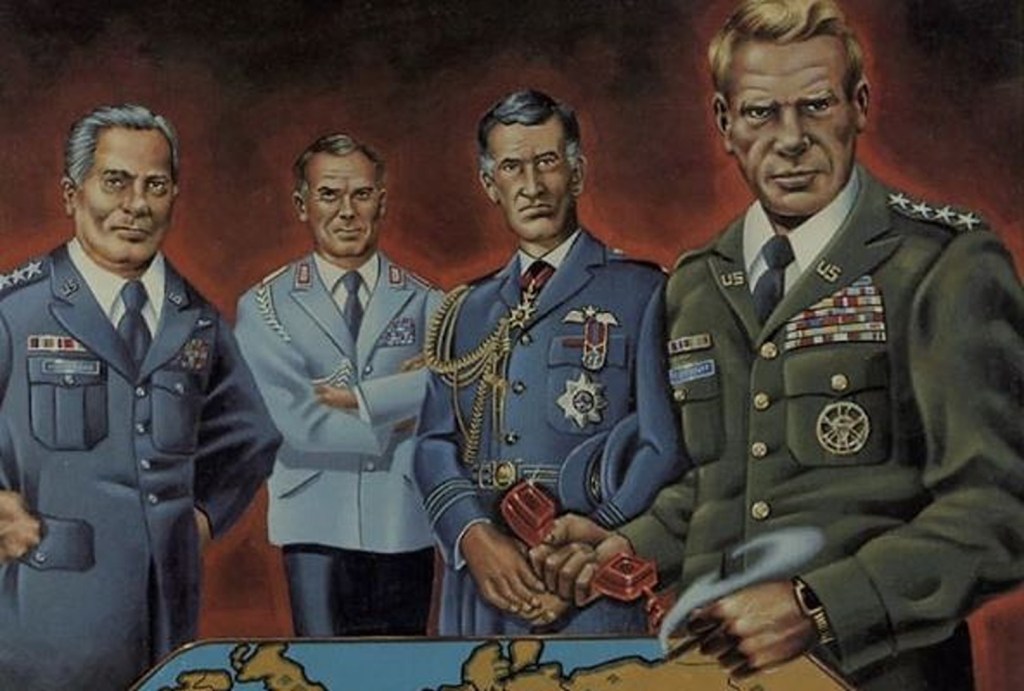
NATO Commander (1983)
NATO Commander tasks players with commanding NATO troops in Europe. While there is a military element to the game, NATO Commander incorporates elements of diplomacy that make it stand out from similar strategy titles available at the time (and many that would be released soon after). Then again, this game’s “ahead of its time” status makes a lot more sense when you realize it was developed by none other than Sid Meier.
Yes, years before he worked on the first Civilization game, Sid Meier tested the genre waters that would later define his career with NATO Commander. In many ways, NATO Commander feels like Civilization: Origins. At the very least, it’s easy enough to play this game and experience the ideas that would later make Sid Meier one of gaming’s most influential creators.
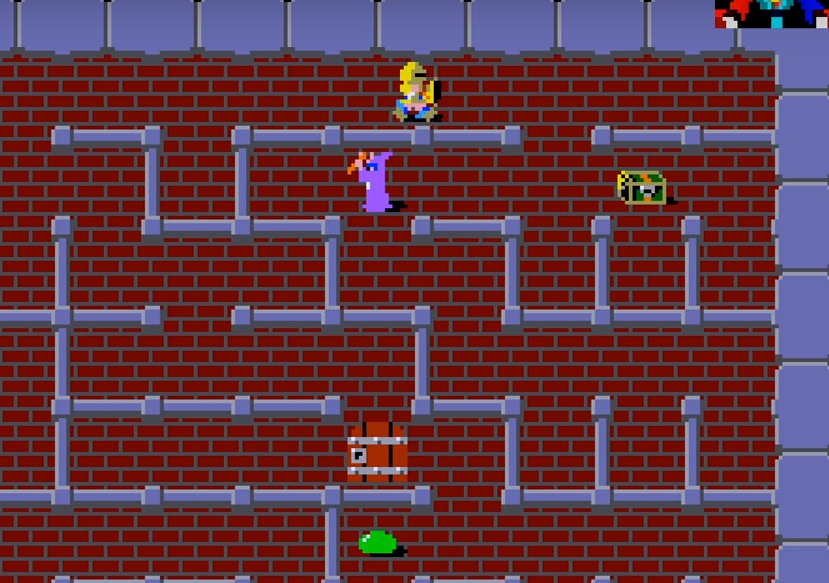
The Tower of Druaga (1984)
The Tower of Druaga was pitched as a fantasy version of Pac-Man, and that’s certainly an apt description. Unlike Pac-Man, though, Tower of Druaga features some slightly more traditional fantasy/RPG elements. Most notably, it featured a real-time combat system that allowed players to actively battle the creatures they faced rather than simply avoid or consume them.
Those combat mechanics proved to be more significant than this game’s developers could have anticipated. The Tower of Druaga kicked off a fascination with what we now know as ARPGs. It inspired Japanese studios to develop games like YS, Hydilide, and, eventually, The Legend of Zelda. While this game has aged rather poorly, it was an undeniable light bulb moment for the industry.
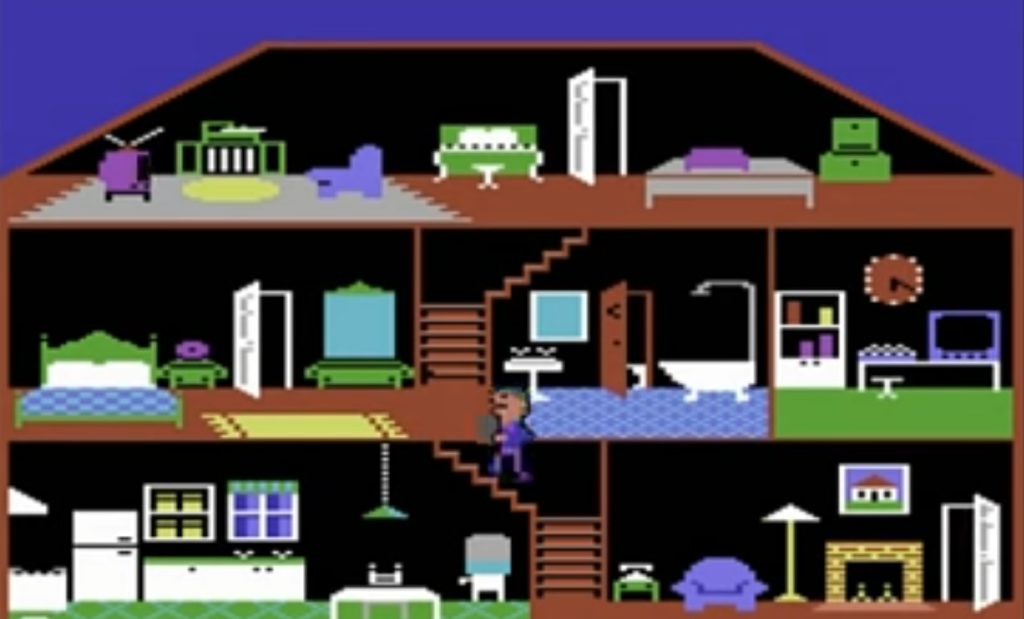
Little Computer People (1985)
It shouldn’t be a surprise that Little Computer People didn’t make much of a splash in 1985. Not only was it released at a particularly bad time for the gaming industry, but its “gameplay” (such as it was) was built entirely around guiding a digital character through the routine of their largely simple life. Who would ever play something like that?
Well, Will Wright for one. Yes, the creator of The Sims not only revealed that Little Computer People was a direct inspiration for his revolutionary social simulation title but that he consulted with Little Computer People designer Rich Gold while developing The Sims. Without Little Computer People, we may have never gotten one of the biggest and most successful PC games ever.
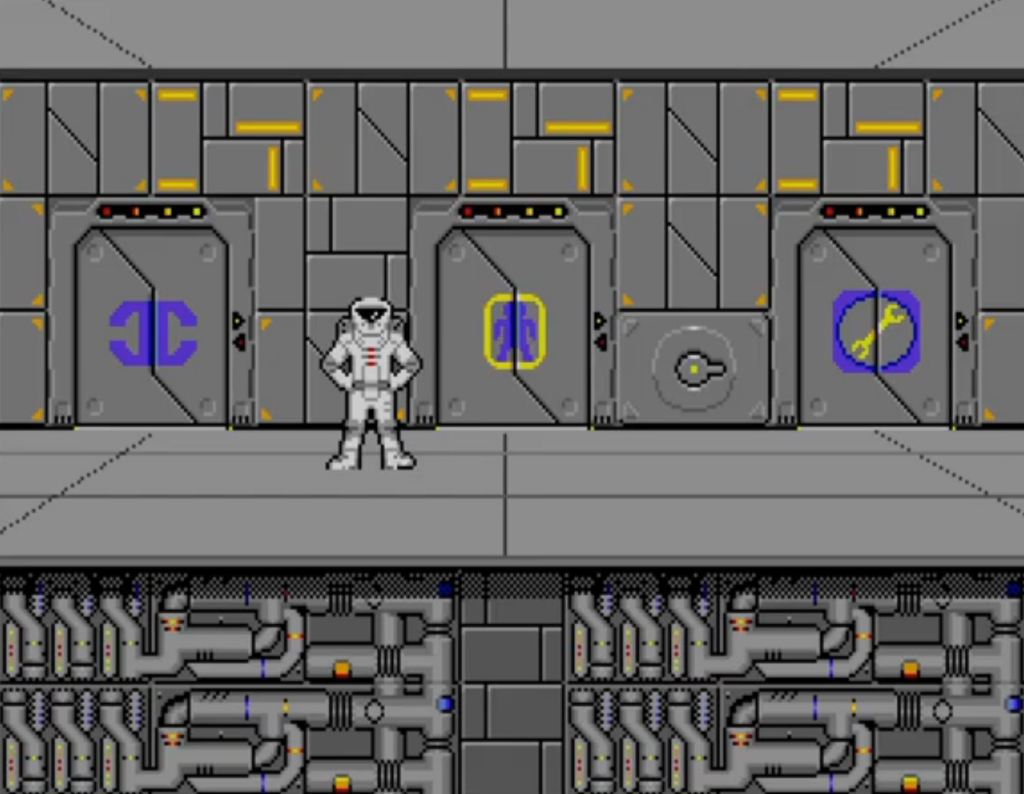
Starflight (1986)
Released around the same time as Elite, Binary Systems’ Starflight also attempted to offer a “dream” sci-fi exploration experience complete with combat, diplomacy, and ship management. It’s an unbelievably ambitious game that was well-received in its day but was clearly a victim of the technological limitations of its time.
Years later, though, the good folks at BioWare would use advanced modern(ish) technology and a much larger budget to turn many of Starflight’s best ideas into their arguable masterpiece: the Mass Effect trilogy. While that game is Starflight’s most notable and obvious successors, this title generally raised the bar for our understanding of how ambitious a PC game could be.
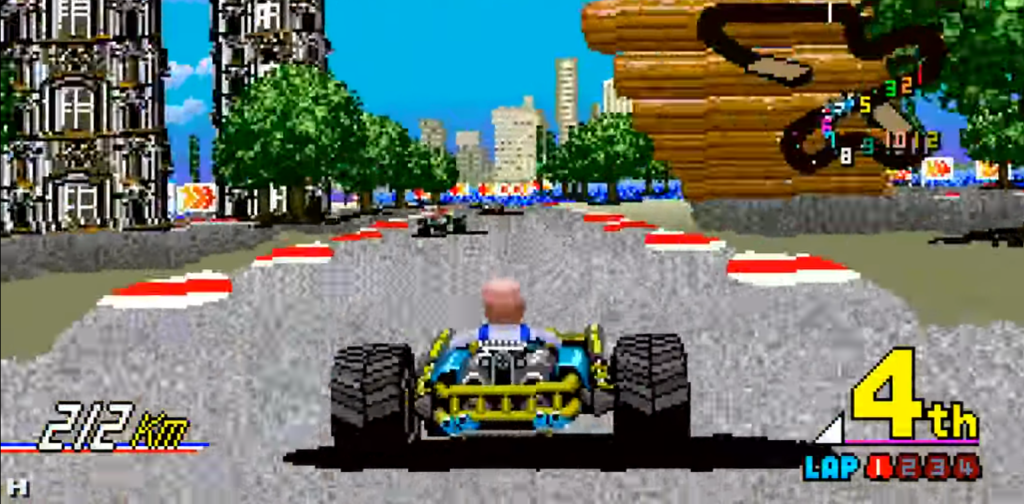
Power Drift (1988)
Poor Sega. Their history is filled with undeniably innovative games that were eventually overshadowed by someone else’s work. Even still, it’s shocking that Power Drift has pretty much been lost to time.
Power Drift is widely recognized as the first “Kart Racing” game ever. That honor is so much more than a technicality. From the design of the carts and the drift-heavy tracks to the emphasis on pure speed, Power Drift is undeniably a Kart Racing game. Yet, despite being well-received in its time, Power Drift was essentially rendered culturally irrelevant by the 1992 debut of Super Mario Kart. Perhaps Sega needed to put some licensed characters in this game.
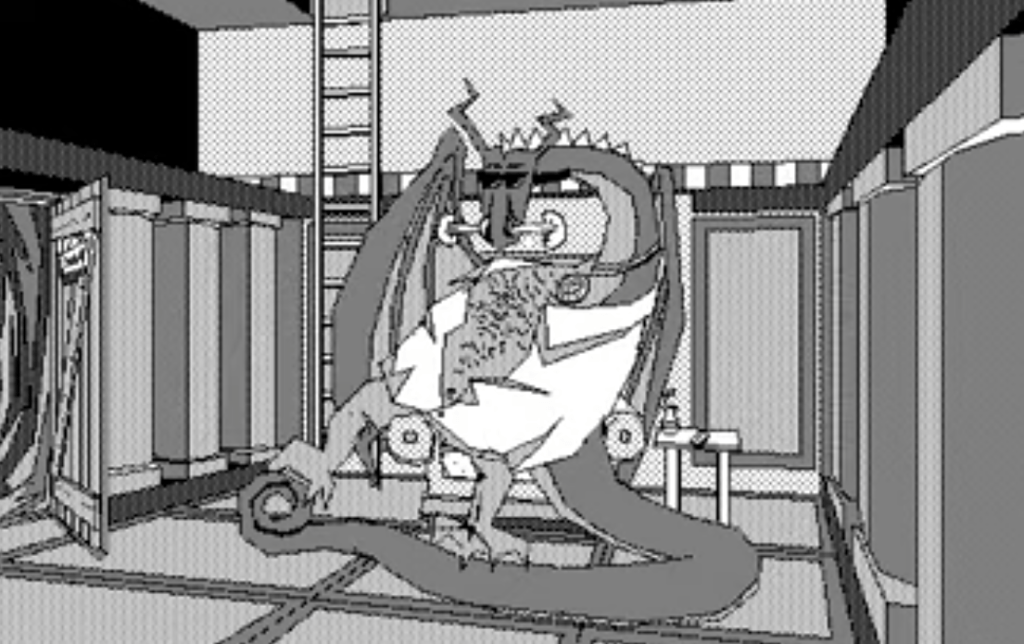
The Manhole (1988)
1988’s The Manhole is an utterly bizarre experiment. It looks (and sometimes plays) like an early point-and-click adventure game, but it lacks the more obvious objectives of those titles and instead encourages you to explore an admittedly visually impressive world with little direction. It certainly doesn’t hold up very well in most respects.
However, The Manhole was the first game from Rand and Robyn Miller: the duo that would go on to create Myst. Knowing that now, it’s fascinating to look back at the Manhole and see how the Miller brothers were already building towards something much better. The Millers even later stated that Myst was really the “adult” version of their previous works.
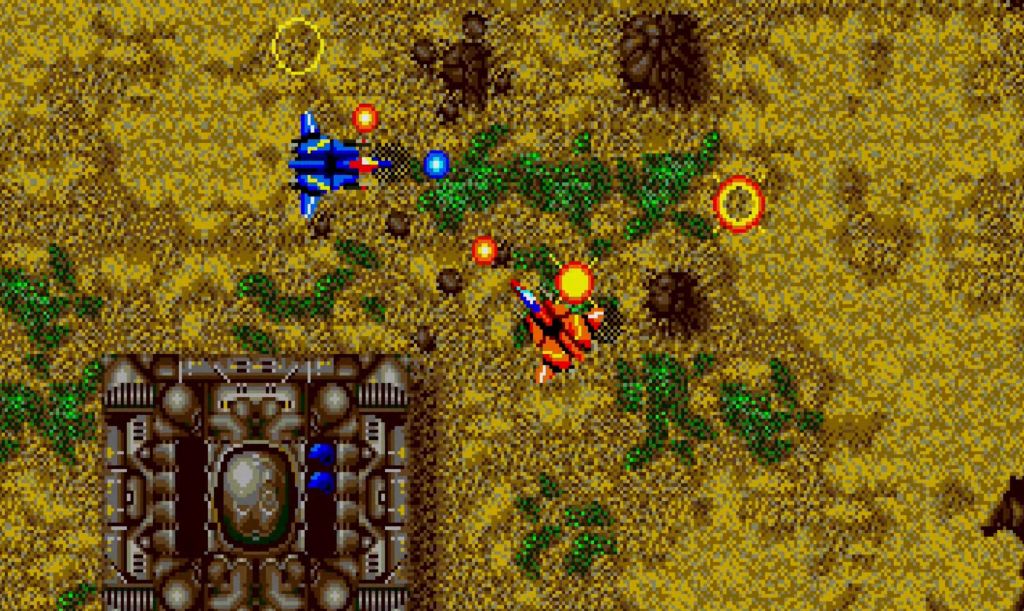
Herzog Zwei (1989)
Granted, Herzog Zwei is one of the better-known games on this list, but you have to remember that this game was a bit of a bomb in its day and only exists in the modern gaming landscape as an occasional digital re-release. It’s a strange legacy for one of the most obviously influential titles in gaming history.
While I don’t consider Herzog Zwei the first real-time strategy game as some do, pretty much every studio that went on to develop the revolutionary RTS titles of the ‘90s has cited Herzog Zwei as their biggest influence. Even the earliest MOBA developers have cited Herzog Zwei as an influence. Perhaps most impressively, Herzog Zwei remains a genuinely enjoyable strategy game to this day.
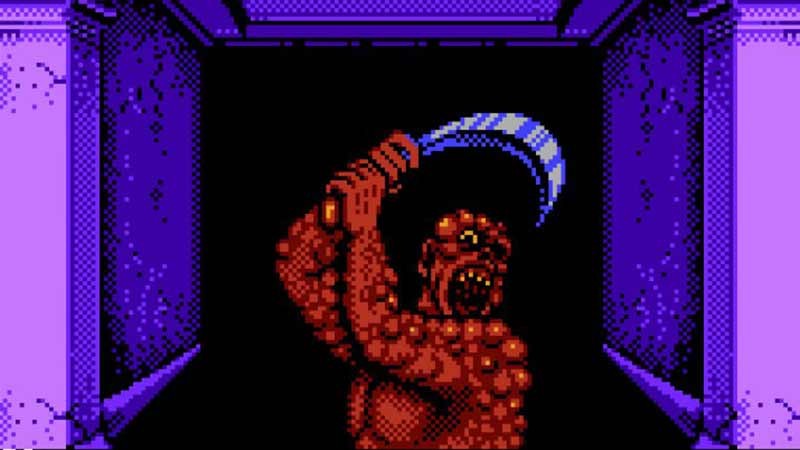
Sweet Home (1989)
While I try to give Sweet Home a little love whenever possible, this 1989 Capcom horror game remains a non-entity to the vast majority of gamers. Yet, this is the game that paved the way for the entire Resident Evil franchise. In fact, Resident Evil was initially conceived as a Sweet Home remake.
Despite eventually being eclipsed by arguably the most important horror game ever made, Sweet Home remains a shockingly great experience in its own right. This title’s Metroid-like exploration qualities, JRPG combat, and classical horror trapping make it feel pretty unique to this day. Its influence is undeniable, but I could honestly use a few more “Sweet Home-like” games in my life.
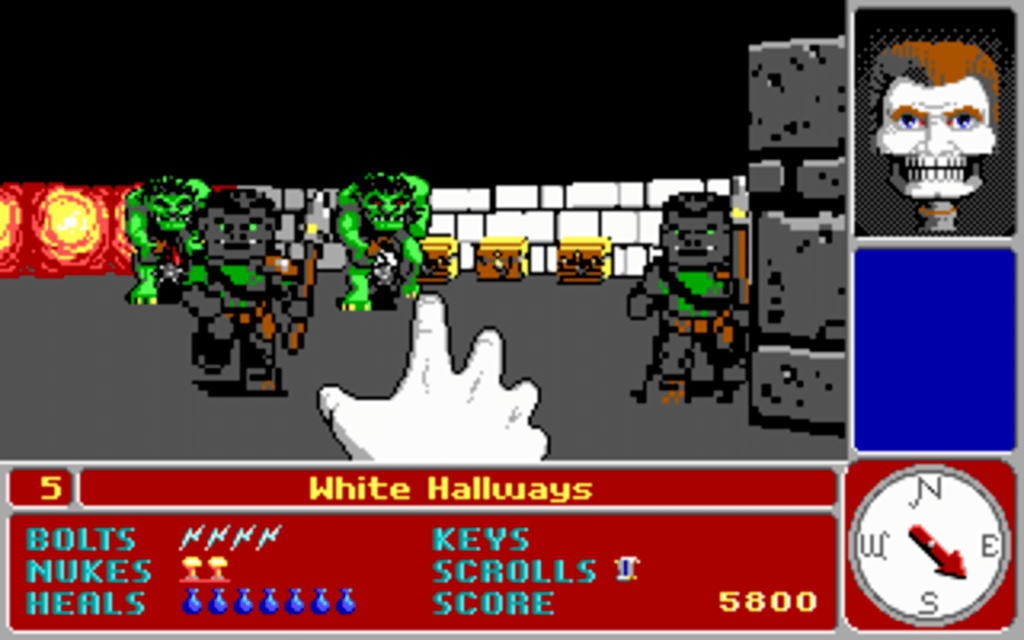
Catacomb 3-D (1991)
The early history of iD Software is pretty well charted by gaming historians. The company got its foot in the door with Commander Keen before the innovative Wolfenstein 3D paved the way for Doom. Somewhere along the way, though, this 1991 game somehow got lost in the shuffle.
Catacomb 3-D is not just iD’s first first-person shooter; it utilized the same technology that the studio later used for Wolfenstein 3D (which itself was an expansion of the Hovertank 3D engine). While it lacks guns (and therefore…well, “shooting” in the traditional sense) nearly every other aspect of this title looks, plays, and feels like iD’s future games. It’s a lost stepping stone.
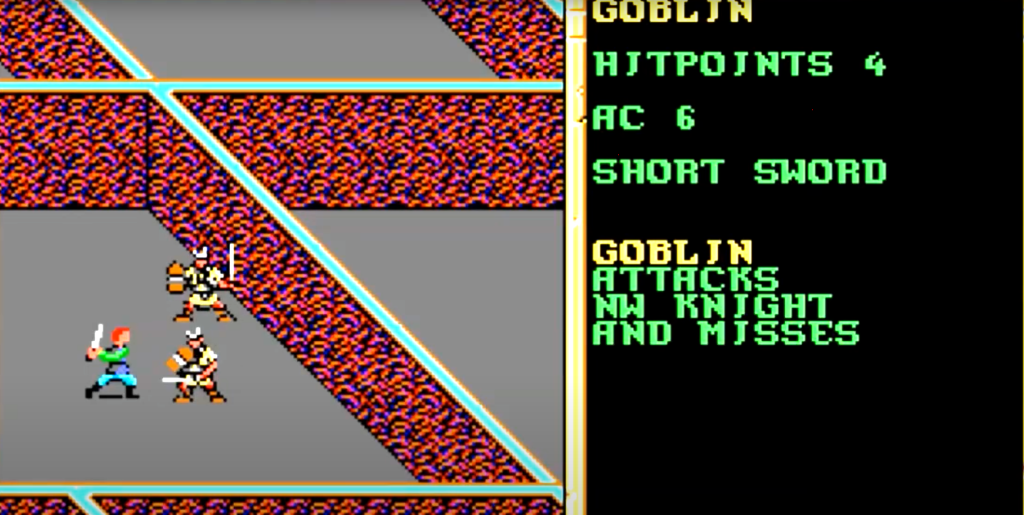
Neverwinter Nights (1991)
Our modern search engine culture makes it easy to appreciate just how forgotten this game really is. Searching for “Neverwinter Nights” won’t immediately bring it up. Even “Neverwinter Nights video game” won’t get the job done right away. No, you’ve got to dive a little deeper to find what many consider to be the first proper MMORPG ever made.
Neverwinter Nights’ use of advanced visuals and refined social elements makes it feel so much closer to games like Everquest and World of Warcraft than the MMORGS that technically came before it. It certainly wasn’t perfect, but this game’s biggest flaw may be the fact it was released at a time when few people had ready access to the technology required to properly play it. By the time it was shut down in 1997, it already felt like a memory.
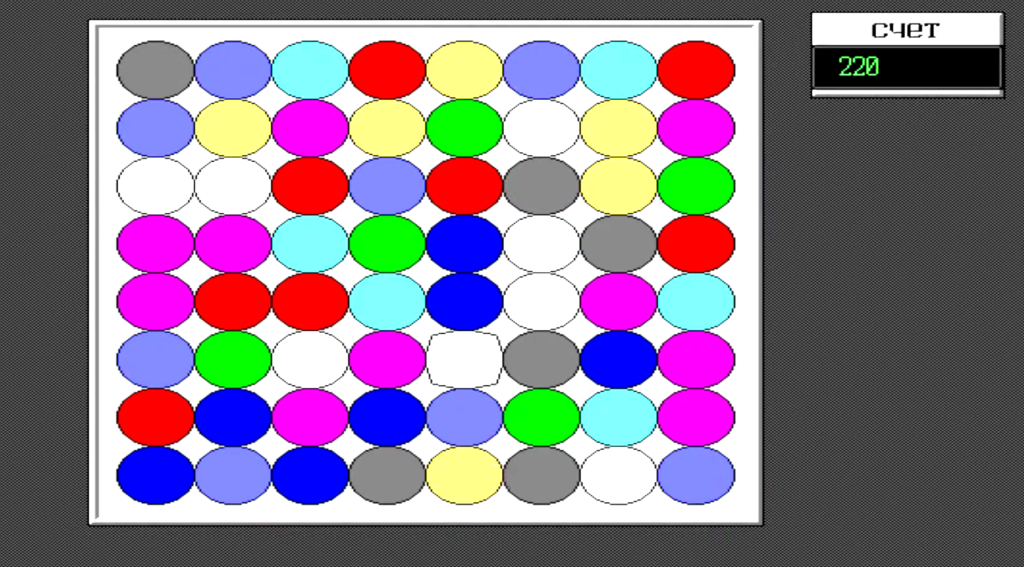
Shariki (1994)
If nothing else, Shariki is a lesson in the value of timing and promotion. It seems that shockingly few people played this puzzle game when it was released in 1994. Had they, there is a good chance they may have become hopelessly addicted to its seemingly simple gameplay which tasks you with matching sets of three blocks together to raise your high score.
Though inspired by some of the also forgotten puzzle games of the 1980s, Shariki was a direct influence on Bejeweled: one of the most commercially successful games ever made. Had this game been released under slightly different circumstances, it could have been a Tetris-level hit.
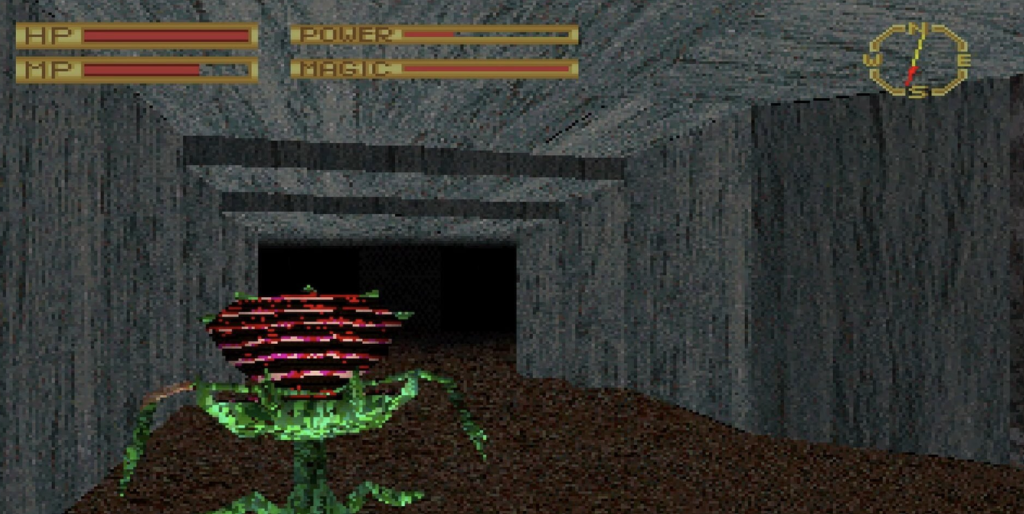
King’s Field (1994)
While it’s true that King’s Field is sometimes referenced today as the spiritual predecessor to what we now consider to be the Soulsborne series, I’m not sure enough people know about or fully appreciate the power of that description. From its traps and its Metroidvania layout to some of its core combat concepts, King’s Field sometimes feels like a de-made version of a Dark Souls game.
Granted, King’s Field is technically rough and often frustratingly obtuse in ways that make it easy to see why many just bounced off of it (or just ignored it) in its day. Even still, it’s truly incredible that the FromSoftware team was working on some of the concepts in this game decades before its spiritual successor (the arguably also “ahead of its time” Demon’s Souls) would slowly reshape the modern gaming industry.
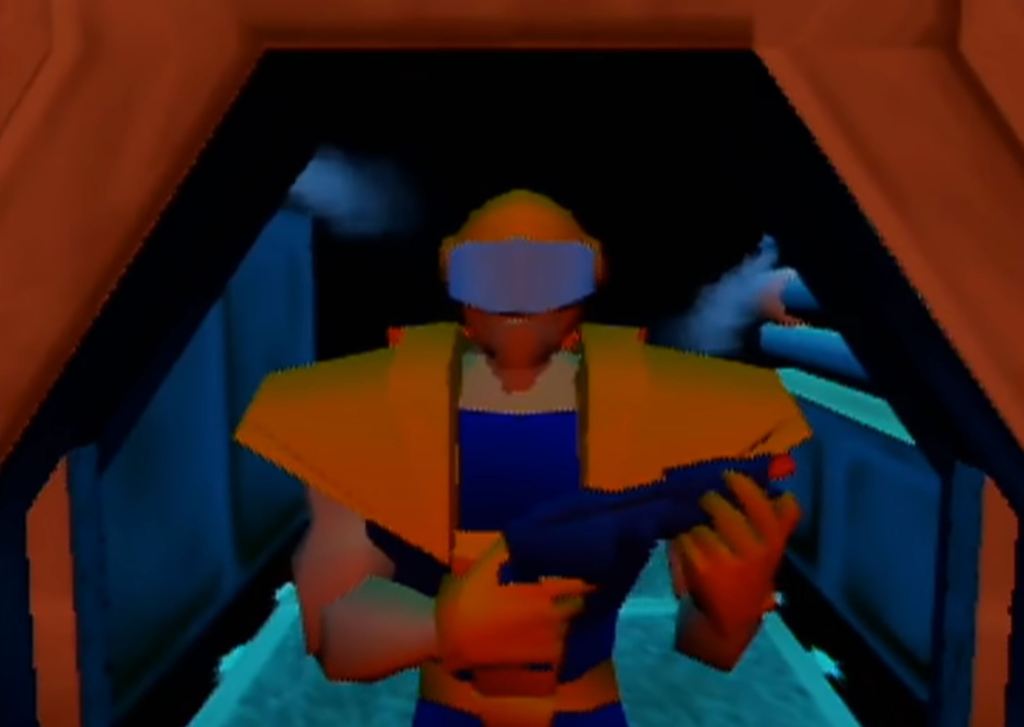
Body Harvest (1998)
Grand Theft Auto 3 ranks high on any respectable shortlist of the most influential games ever made. Playing that game for the first time soon after its release was a revelatory experience that forced you to start looking at pretty much every other game just a little bit differently. Of course, part of the reason so few people saw something like GTA 3 coming is that so few people played the GTA 3 team’s 1998 N64 game, Body Harvest.
Developed by DMA Design (later known as Rockstar North), Body Harvest is a 3D, open (ish)-world game filled with vehicles, weapons, and lots of digital room to explore. It’s not a great game in any traditional sense, but it was the well that Rockstar drew from when they set out to change the world just a few years later.
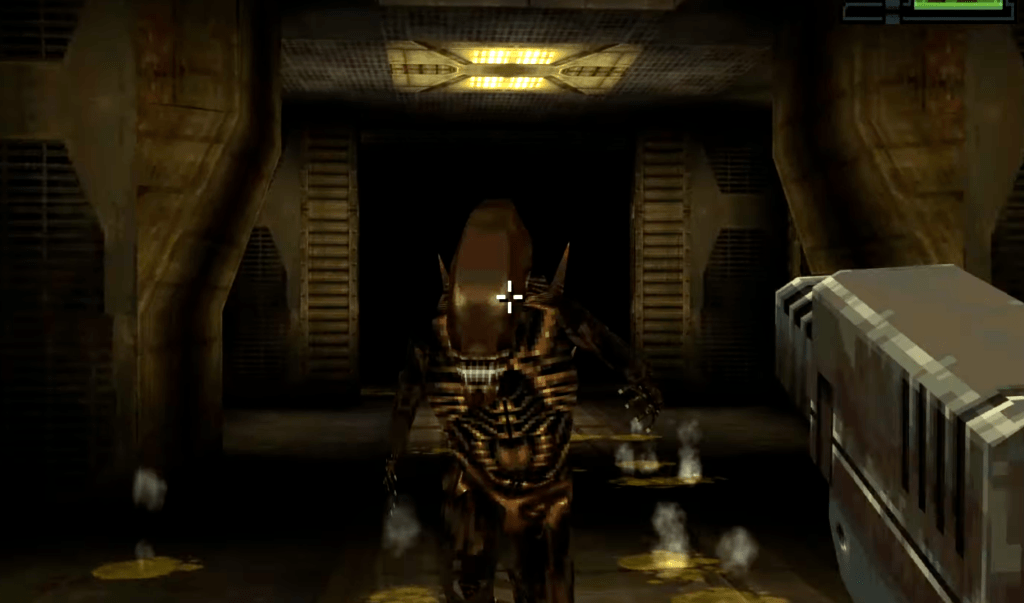
Alien Resurrection (2000)
Anyone who has played a console FPS game in the last 20 years or so can pick one up today and immediately understand its basic controls. The left analog stick moves your character around and the right analog stick allows you to look around your environment. It’s a simple, nearly perfect set-up that is seen as the undisputed standard of the genre. However, that wasn’t always the case.
In fact, when Alien Resurrection was released in 2000, some reviewers infamously dinged the title for featuring that control scheme that helped facilitate the growth of the console FPS genre. While Alien Resurrection wasn’t the first game to feature a version of that control scheme, it was the earliest and most notable title to make that control system the standard input. As such, it was really the first console FPS title that was properly designed around that control scheme.
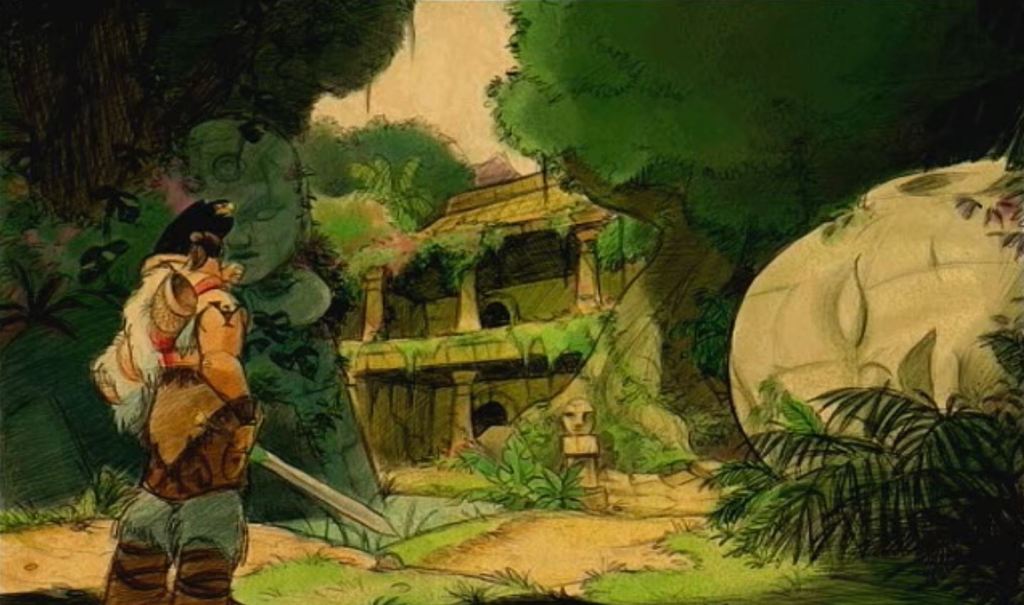
The Mark of Kri (2002)
The Mark of Kri is one of the great “What if?” games ever. Years before San Diego Studio was largely relegated to working on Sony sports titles, they created this 2002 action title that should have been the start of gaming’s next great franchise. That’s not how things worked out, but at least this game’s influence is still being felt.
The Mark of Kri utilized a fascinating targeting system that allowed you to quickly assign an attack button to multiple opponents in a 3D environment. It was a seemingly minor idea that suddenly made effectively managing multiple melee targets in a 3D environment significantly more manageable and enjoyable than it had ever been before. The changes that Batman: Arkham Asylum and other games would make to this idea formed the foundation for many modern action titles.
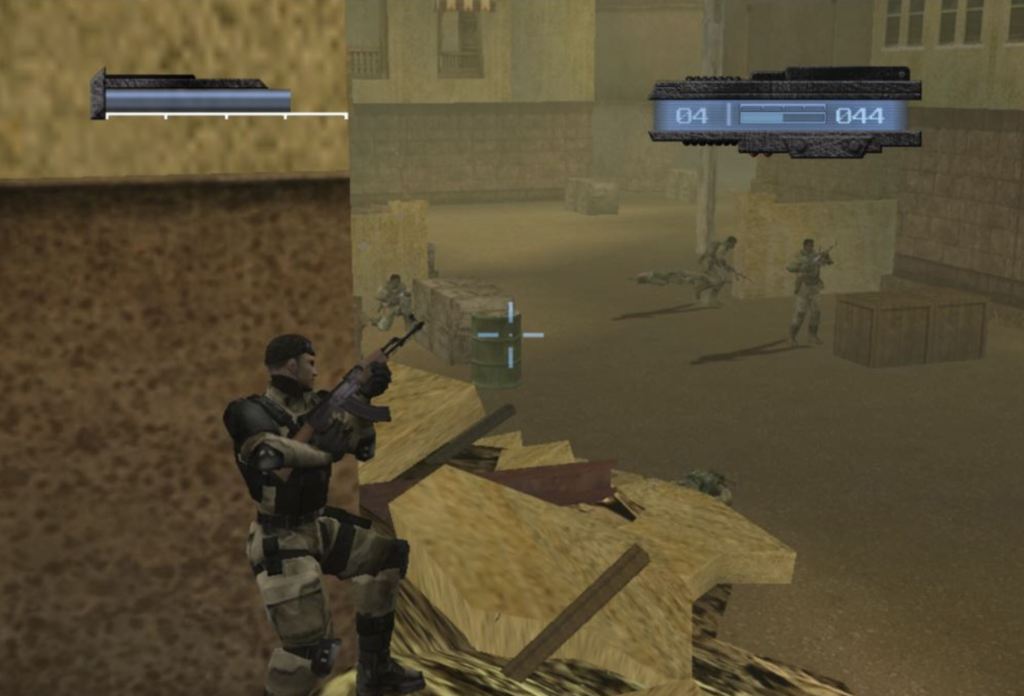
Kill Switch (2003)
The developers of Kill Switch had an idea. What if they took the basic cover systems seen in games like Metal Gear Solid and Time Crisis and built an entire third-person shooter around a more active version of that concept? Unfortunately for them, that idea didn’t generate a ton of buzz at the time, as evidenced by the game’s lower sales and mixed reviews.
Yet, just three years later, Gears of War would achieve blockbuster status off the back of a surprisingly similar concept. Cliff Bleszinski has been very open about the fact that Kill Switch was a major influence on that franchise, and numerous other developers that now use versions of that cover system have cited Kill Switch as an influence.
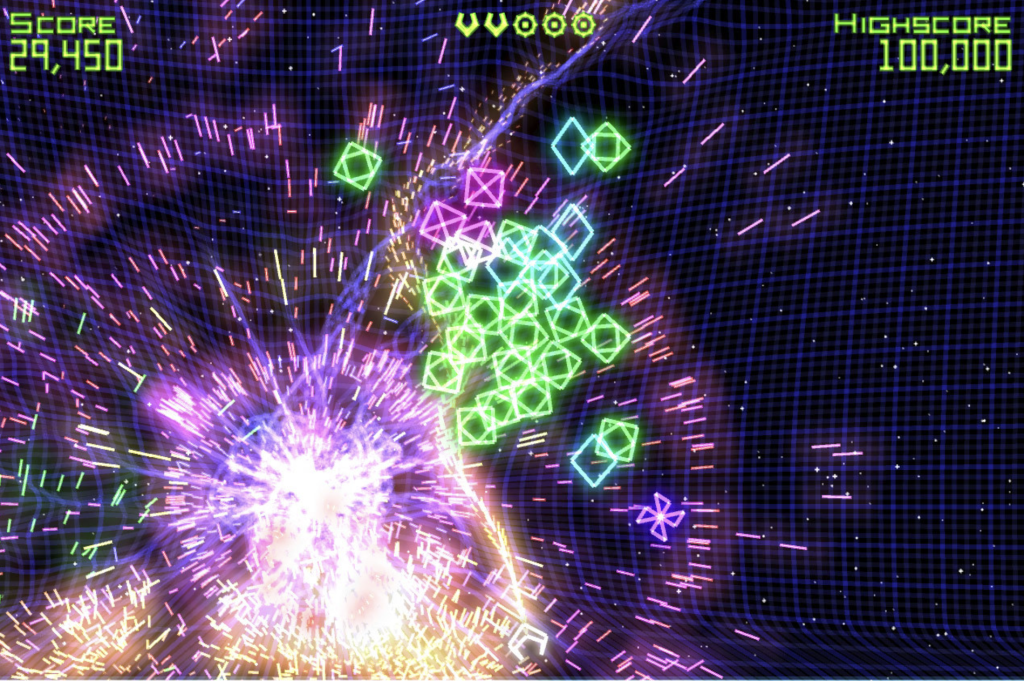
Geometry Wars: Retro Evolved (2005)
Geometry Wars began as a minigame tucked away in Project Gotham Racing 2’s digital garage. Many were shocked by the quality of that minigame, but few predicted it would ever become more than that. Two years later, though, developer Bizarre Creations decided to release a standalone version of Geometry Wars as an Xbox 360 launch game. More specifically (and more importantly), they decided to release Geometry Wars as an Xbox Live Arcade game.
At a time when Microsoft was still trying to get people to wrap their heads around the idea of buying smaller games at a reduced price directly through their consoles, Geometry Wars made the argument for them. It was cheap, it was addictive, and a surprising number of early Xbox 360 adopters quickly snatched it up. In the process, Geometry Wars also helped kickstart a new age of digital distribution that crucially paved the way for the indie game scene.
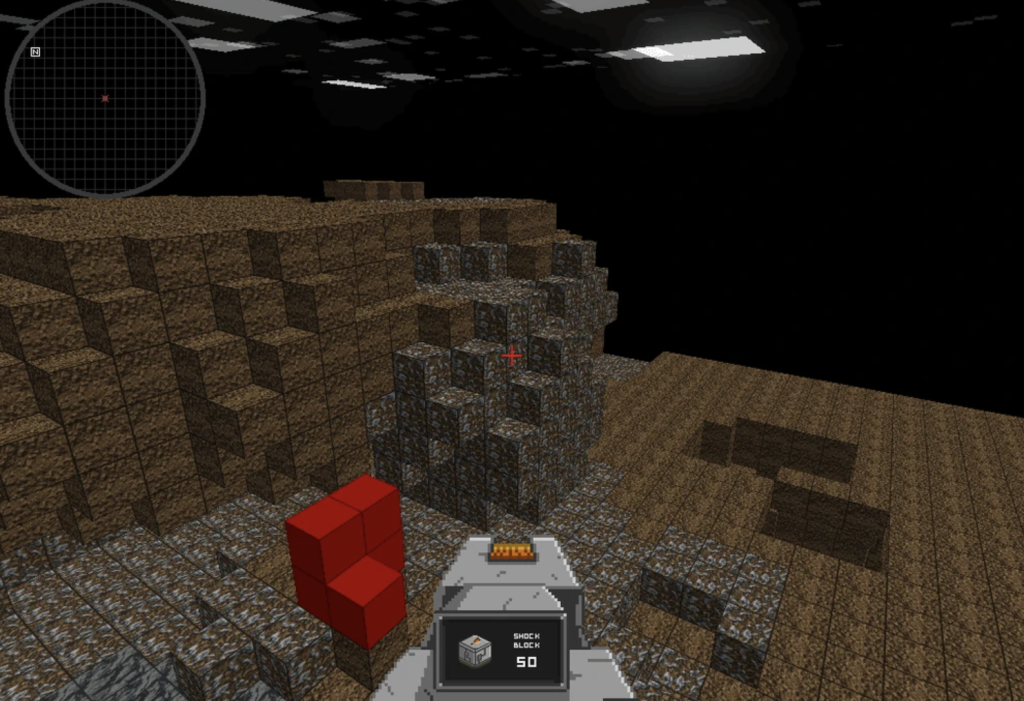
Infiniminer (2009)
If I start talking about a sandbox game from the late 2000s that asked players to gather materials and craft objects in block-based environments, I’d have to be talking about Minecraft, right? Maybe, but that same description could also be used to describe Infiniminer.
If you didn’t know that Infiniminer was released years before Minecraft you’d swear it’s just some fan version of one of the most successful games ever. In reality, the opposite is true. Minecraft creator Markus “Notch” Persson was one of the people who latched on to Infiniminer soon after its release. Not long after, he decided he was going to base his next game off of it. While Persson eventually explored numerous ideas not found in Infiniminer, the similarities are striking. Infiniminer creator Zach Barth has expressed mixed feelings about the way things played out but mostly seems excited that something he made was the spark for one of the most monumental video games ever.
